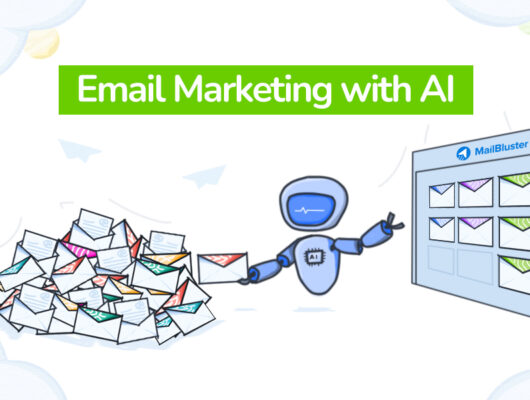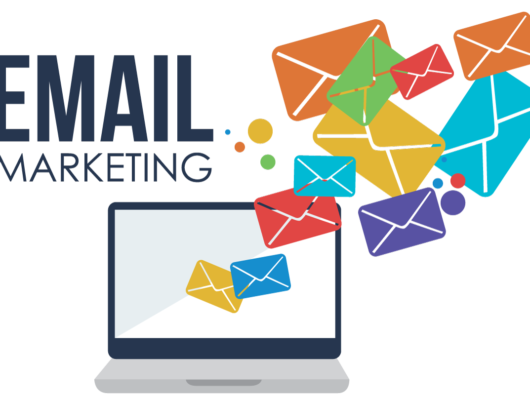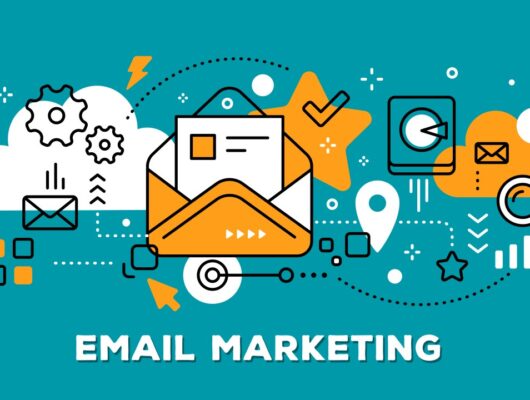Email marketing is a critical component of digital marketing strategies, with the call-to-action (CTA) playing a pivotal role in driving subscriber engagement and conversions.
A well-crafted CTA can mean the difference between a successful email campaign and one that falls flat.
This article will delve into the art of creating effective email CTAs that encourage clicks and drive desired actions.
1. What is a Call-to-Action?
A call-to-action in an email is a button or a link that prompts subscribers to take a specific action, such as purchasing a product, signing up for a webinar, downloading a resource, or visiting a landing page.
The effectiveness of a CTA depends on its ability to catch the eye and persuade the recipient to take immediate action.
2. Key Characteristics of an Effective Email CTA
- Visibility: The CTA should be easy to find within the email. This means using vibrant colors, ample white space, and strategic placement to ensure it stands out.
- Clarity: The text of your CTA should be direct and unambiguous. Tell recipients exactly what they should do and what they will gain from taking action, such as “Buy Now to Save 20%” or “Download Your Free Guide Today.”
- Urgency: Creating a sense of urgency can compel subscribers to act immediately rather than putting it off. Phrases like “Offer Ends Soon” or “Limited Time Only” can increase the effectiveness of your CTA.
- Brevity: Keep the CTA text short and sweet. Most effective CTAs are no more than five words long, making them easy to read and quick to understand.
- Design: A visually appealing CTA can greatly enhance its effectiveness. Use buttons rather than links, as they are more noticeable and easier to click, especially on mobile devices. Ensure the button contrasts with the rest of the email content to draw attention.
3. Strategies for Crafting Compelling Email CTAs
- Use Action-Oriented Verbs: Start your CTA with verbs that provoke excitement or action, such as “Discover,” “Start,” “Join,” or “Get.” These words help create enthusiasm and encourage clicks.
- Personalize the CTA: Personalization can significantly increase the relevance of a CTA. For example, if you know the recipient’s name or have data on their preferences, use this information to tailor the CTA. “Sarah, Claim Your Special Offer” can be more compelling than a generic call to action.
- Limit Choices: Too many options can overwhelm subscribers and dilute the impact of your CTAs. Stick to one primary CTA per email to focus the reader’s attention and drive them towards your desired action.
- Test and Optimize: A/B testing different CTA designs, placements, and wording can help you understand what resonates best with your audience. Regular testing allows for continual improvement and optimization of your email campaigns.
- Incentivize Action: Offering something in return for a click can boost the effectiveness of your CTA. Incentives might include discounts, free trials, bonus content, or loyalty points. Make sure the incentive is relevant and valuable to your audience.
4. Examples of Effective CTAs
Here are some examples of CTAs that can inspire your next email campaign:
- Direct Purchase: “Shop Now – Free Shipping Today Only!”
- Content Download: “Download the eBook for Free!”
- Event Registration: “Register Now to Secure Your Spot!”
- Product Information: “Learn More About Our Services”
- Social Sharing: “Share With Friends and Get an Exclusive Discount!”
5. Design Tips for CTAs
- Contrast and Color: Use colors that contrast with the rest of the email to make your CTA stand out. However, the color should also fit within the overall design and brand palette.
- Size and Shape: Make sure the CTA button is large enough to be easily clickable, especially on mobile devices. Rounded corners can often increase click-through rates by making buttons feel more clickable.
- Placement: Place your CTA above the fold so that subscribers do not have to scroll down to find it. If the email is long, consider repeating the CTA at the end.
- Whitespace: Use adequate whitespace around your CTA to reduce clutter and focus the reader’s attention.
Conclusion
In the world of email marketing, the call-to-action is not just a button or a link—it’s the gateway to higher conversions.
By focusing on clarity, urgency, design, and placement, you can create compelling CTAs that resonate with your audience and drive them to take desired actions.
Remember, every element of your CTA—from the text to the design—plays a crucial role in engaging your subscribers and achieving your campaign objectives.
Effective CTAs are about understanding what motivates your audience and crafting messages that not only capture their attention but also encourage them to act.
With the right approach, your email CTAs can become powerful tools that contribute significantly to the success of your marketing efforts.







